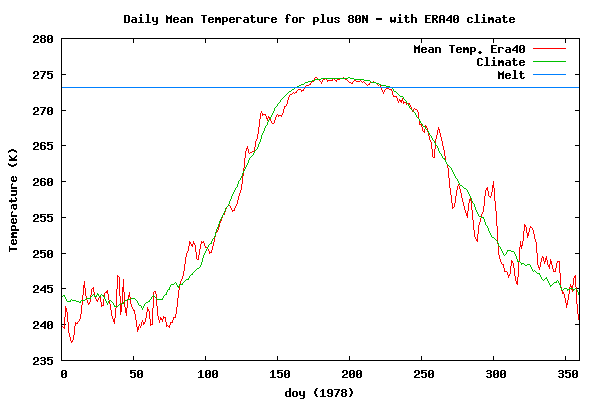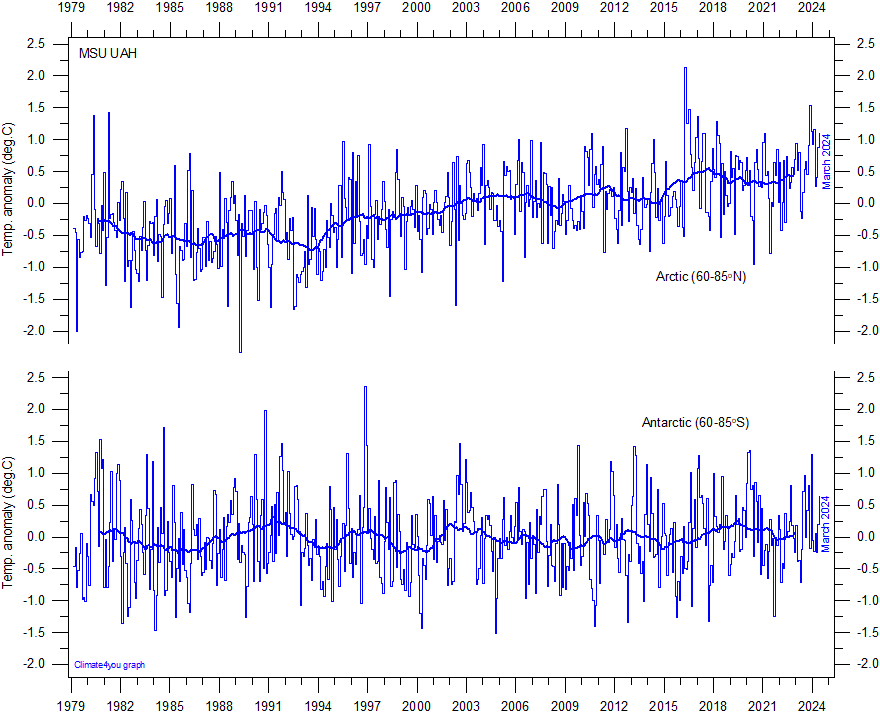Quanzhi Ye, a 19 year-old meteorology student at Sun Yat-sen University, China, discovered a new comet on an image taken at Lulin Observatory, after which the comet is named.
Comet Lulin (C/2227 N3) makes its closest approach to Earth, (0.41 AU, about 14.5 times the distance between the Earth and the Moon), on 24 February 2009. Current estimates set the maximum brightness at 4th or 5th magnitude, which means dark country skies will be required to see it. The hyperbolic orbit of Comet Lulin suggests this could be the comet's first visit to the inner solar system, hence, its first exposure to intense sunlight: Magnitude estimates may therefore be off—perhaps considerably.
| Comet Lulin Image by Mike Broussard, Maurice, Louisiana, USA, 4 February 2009 |
Lulin's green color comes from the gases that make up its Jupiter-sized atmosphere. Jets spewing from the comet's nucleus contain cyanogen (CN: a poisonous gas found in many comets) and diatomic carbon (C2). Both substances glow green when illuminated by sunlight in the near-vacuum of space.
The comet rises a few hours before the sun and may be found about 1/3rd of the way up the southern sky before dawn.
 Feb. 6th: Comet Lulin glides by Zubenelgenubi, (zuBEN-el-JA-newbee), a double star at the fulcrum of Libra's scales. You can see Zubenelgenubi with your unaided eye (it is about as bright as stars in the Big Dipper); binoculars pointed at the binary star reveal Comet Lulin in beautiful proximity. [NASA sky map]
Feb. 6th: Comet Lulin glides by Zubenelgenubi, (zuBEN-el-JA-newbee), a double star at the fulcrum of Libra's scales. You can see Zubenelgenubi with your unaided eye (it is about as bright as stars in the Big Dipper); binoculars pointed at the binary star reveal Comet Lulin in beautiful proximity. [NASA sky map]
Feb. 16th: Comet Lulin passes Spica in the constellation Virgo. Spica is a star of first magnitude and a guidepost even city astronomers cannot miss. A finderscope pointed at Spica will capture Comet Lulin in the field of view, centering the optics within a nudge of both objects. [NASA sky map]
Feb. 24th: Closest approach! On this special morning, Lulin will lie just a few degrees from Saturn in the constellation Leo. Saturn is obvious to the unaided eye, and Lulin could be as well. [NASA sky map]
Orbital Elements:
Epoch 2009 Jan. 9.0 TT = JDT 2454840.5
T 2009 Jan. 10.66551 TT MPC
q 1.2125523 (2000.0) P Q
z +0.0000043 Peri. 136.85390 -0.92916054 -0.36953038
+/-0.0000079 Node 338.53392 -0.34642777 +0.86057082
e 0.9999948 Incl. 178.37278 -0.12902902 +0.35052129










No comments:
Post a Comment